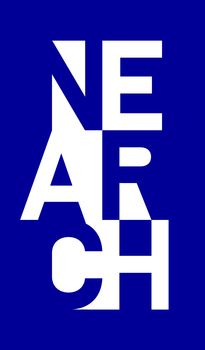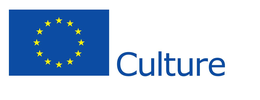NEARCH Portal for Publications and Outputs
INRAP, 2017. https://doi.org/10.5284/1041589. How to cite using this DOI
Data copyright © NEARCH unless otherwise stated
This work is licensed under the ADS Terms of Use and Access.
Primary contact
Kai
Salas Rossenbach
INRAP
121 Rue d'Alésia
75014
Paris
France
Resource identifiers
- ADS Collection: 2749
- DOI:https://doi.org/10.5284/1041589
- How to cite using this DOI
Introduction

Over the last 25 years, archaeology and cultural heritage management have undergone significant scientific and professional developments.
Conducted by the French National Institute for Preventive Archaeological Research (Inrap), the NEARCH project, supported by the European Commission (2013-2018) within the framework of the Culture programme, was a European-wide cooperation network of 14 partners from 11 countries to explore these changes and their consequences. The partners included Aristotle University of Thessaloniki (AUTH), the German Archaeological Institute (DAI), the Institute of Heritage Sciences (Incipit), Spanish National Research Council (CSIC), the Jan van Eyck Academie (JVE), the Department of Archaeology, Leiden University (LU), Critical Heritage Studies, University of Gothenburg (UGOT), the Institute of Prehistory, Adam Mickiewicz University (AMU), the Archaeology Data Service (ADS), University of York, Culture Lab, the Institute for Cultural and Natural Heritage (IBC), of the Region Emilia Romagna, le CENTQUATRE, the Archaeological Unit of Saint-Denis (UASD) and the Institute of Archaeology, University of Oxford (UOXF).
NEARCH aimed to explore the various dimensions of public participation in contemporary archaeology and bring to the field (which is strongly influenced by economic and social developments in society), new ways of working and collaborating.
More precisely, NEARCH’s main objectives were:
- To emphasize the societal component of archaeology.
- To cultivate archaeology as a means to socially involve citizens and develop a sense of European citizenship.
- To explore and amplify the relationship between archaeology and artistic creation.
- To re-think and develop ways to communicate and mediate archaeology for various audiences.
- To shape a new economic model for a sustainable practice of archaeology and heritage management.
- To promote new ways of teaching archaeological knowledge and practices to young professionals, and encourage their transnational mobility inside and outside Europe.
- To examine the public relevance of European archaeology in a wider geographical and cultural perspective.
These objectives were carried-out through a large-scale action plan structured around five main themes, each with a corresponding set of activities:
- INVOLVING: Archaeology for the community: informing and involving people
- IMAGINING: Archaeology and the imaginary: crossroads between science and art
- SHARING: Archaeology and the knowledge: teaching and sharing information
- INNOVATING: Archaeology in a changing economy: towards sustainability
- CONNECTING: European archaeology and the world: dependencies and mutual development





